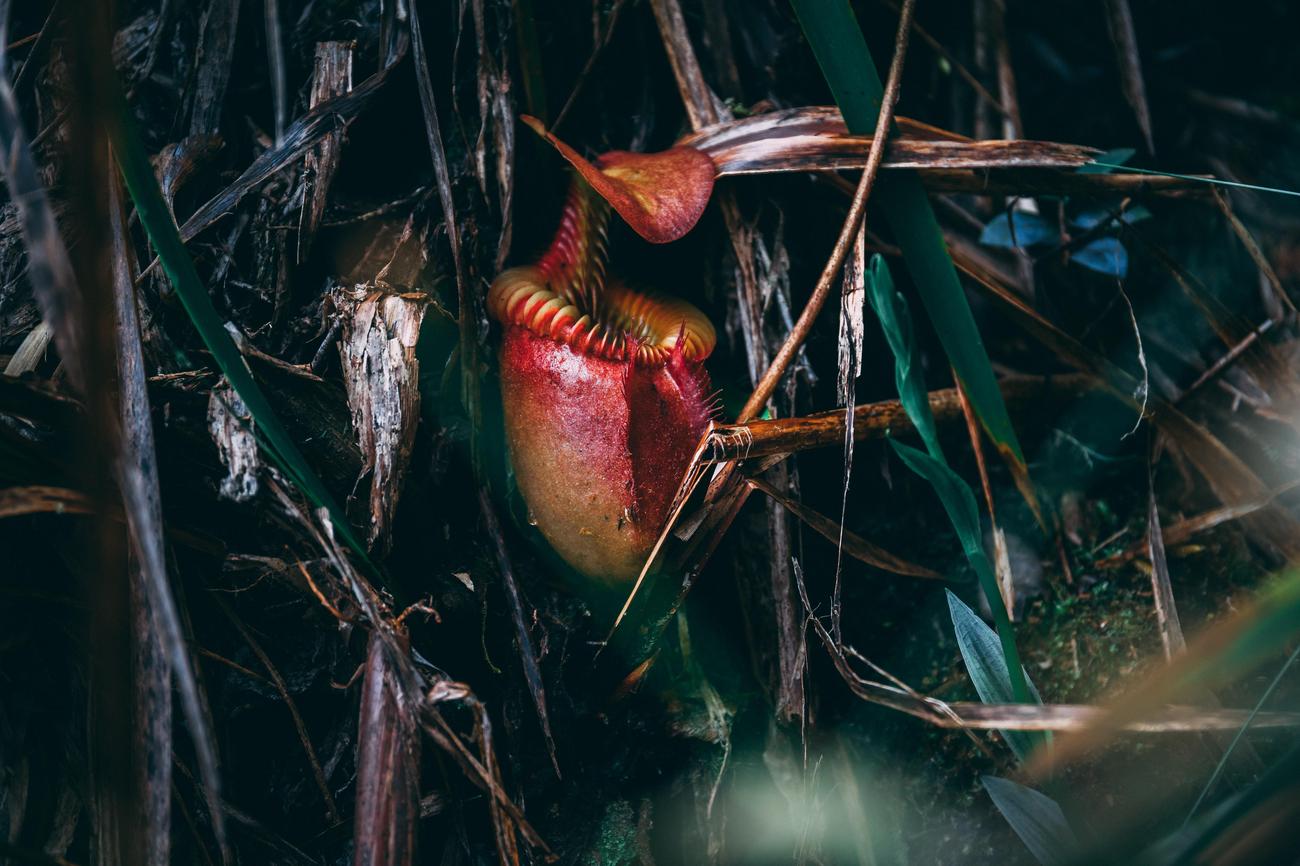Discovering the true reasons behind human fear is a fascinating pursuit, especially when it comes to the peculiar phobia many share for roaches. In the article titled “The Terrifying Psychology of Roaches: Uncovering the Deep-rooted Fear,” we delve into the mysterious world of these creepy crawlers and unveil the underlying factors that make them so utterly terrifying. Drawing upon years of research as an entomologist with a specialization in the impact of creepy crawlies on human psychology, we explore the physiological and evolutionary elements that contribute to our profound aversion towards roaches. As we traverse the intricate realm of insect behavior and human perception, be prepared to unravel the unsettling nature of these resilient creatures and gain insight into our deep-rooted fear.

Why are Roaches so Scary?
Roaches. Just hearing the word sends a shiver down your spine, doesn’t it? But have you ever wondered why these seemingly harmless insects strike fear into our hearts? It turns out, there’s a deep-rooted psychology behind our aversion to roaches that can be traced back to our evolutionary past. Let’s dive in and uncover the terrifying truth behind our fear.
Creepy Crawlies and Dark Dwellings
One of the reasons roaches are so scary is their preferred habitat: dark and dingy corners of our homes that many find repellent. These sleek creatures thrive in areas we consider unsanitary, triggering a natural and instinctual response of disgust. Their presence in these icky spaces only amplifies our fear, making them even more terrifying.
“Roaches’ affinity for the darkness taps into our innate aversion to greasy, smelly, and slimy things, intensifying our fear and repulsion.”
Ancient Creatures of Resilience
Did you know that roaches have been around since the age of dinosaurs? Yes, these ancient creatures have been lurking in the shadows for millions of years, adding to their mystique and creepiness. Their ability to survive and adapt is awe-inspiring, and it unnerves us to think that something so tiny and resilient can outlast even the most catastrophic events.
“The fact that roaches have survived through the ages, including nuclear fallout, showcases their indomitability and heightens our sense of unease.”
The Art of Surprise
Picture this: you’re reaching into a drawer, innocently searching for a pen when suddenly, a roach scurries out unexpectedly. Cue the screams and the adrenaline rush. These stealthy insects have a knack for hiding in dark places and surprising us when we least expect it. It’s this element of surprise that makes their presence even more terrifying, as we never know when they might make their grand entrance.
“Roaches’ ability to hide and crawl out unexpectedly triggers our fight-or-flight response, leaving us feeling unsettled and on edge.”
Feeding on Fear
While the physical presence of a roach is enough to send shivers down our spines, their potential for nighttime nibbling takes the fear to a whole new level. Roaches have been known to feast on our toenails, eyelashes, and eyebrows while we sleep. The thought of these nocturnal insects invading our personal space and potentially harming us amplifies our disgust and fear.
“Roaches’ tendency to nibble on our bodies while we sleep taps into our deepest fears and vulnerability, intensifying our sense of dread.”
A Taste for the Unappetizing
If the previous points weren’t enough, brace yourself for this: roaches will eat just about anything. From dead insects to meats, sweets, book bindings, wallpaper, pet fur, dead skin, soap, garbage, and even their own kind, these creatures have a discerning palate for the revolting. Their ability to consume such a wide range of unsavory items further fuels our aversion and trepidation towards them.
“Roaches’ bizarre and repulsive diet disgusts and repels us, reinforcing their image as creatures of filth and contagion.”
In conclusion, the fear of roaches is deeply ingrained within us. Their association with dark, unclean spaces, their resilience throughout history, their talent for surprising us, their potential for nocturnal feasting, and their repulsive diet all contribute to their unsettling nature. Understanding the psychology behind our fear can help us develop strategies to overcome it, but for now, it’s safe to say that roaches will continue to send shivers down our spines for years to come.
So why are roaches so scary? It’s their ability to tap into our primal fears, lurking in the shadows and triggering our fight-or-flight response. These ancient, resilient creatures have become the stuff of nightmares, forever etching their way into our psyche.
Cockroaches are known to be one of the most resilient pests on the planet, but did you know that they are also incredibly fascinating? If you want to dive into the world of creepy crawlies, we have compiled a list of scary facts about cockroaches. From their ability to survive without food for weeks to their astonishingly fast reproductive rates, these little critters will both intrigue and repel you. So, if you have the stomach for it, click here to uncover the spine-chilling secrets of cockroaches: scary facts about cockroaches. Don’t say we didn’t warn you!

FAQ
Question 1:
Why are roaches considered to be so scary?
Answer 1:
Roaches are considered to be scary due to several reasons. Firstly, their appearance contributes to our fear as they are big, slick insects that thrive in dark areas of our homes, which many find repellent. Additionally, the fact that roaches have been around since the age of the dinosaurs adds to their creepiness and makes us feel unsettled. Their ability to survive nuclear fallout showcases their apparent indomitability, further amplifying our fear.
Question 2:
How do roaches tap into our evolutionary aversion to certain things?
Answer 2:
Roaches tap into our evolutionary aversion to greasy, smelly, and slimy things. Throughout human history, we have developed a survival instinct to avoid substances that may be harmful or contaminated. Roaches’ greasy appearance and ability to dwell in dark, unsavory places trigger this aversion and cause us to perceive them as a threat.
Question 3:
What behaviors of roaches contribute to our fear?
Answer 3:
Several behaviors of roaches contribute to our fear of them. Firstly, their ability to hide in dark places and crawl out unexpectedly creates a sense of unease and unpredictability. Additionally, roaches can nibble on toenails, eyelashes, and eyebrows while we sleep, which is both unsettling and invasive. Their scavenger nature, eating a wide range of items including meats, sweets, book bindings, wallpaper, pet fur, dead skin, soap, garbage, and excrement, further intensifies our fear.
Question 4:
How does a deep-rooted fear of roaches affect human psychology?
Answer 4:
A deep-rooted fear of roaches can have various impacts on human psychology. It can lead to heightened anxiety in individuals, especially in environments where roaches are prevalent. The fear may manifest as phobia, causing severe distress and avoidance behaviors. Furthermore, the fear of roaches can disrupt sleep patterns and contribute to the development of insomnia. Overall, the fear of roaches can have a significant psychological impact on individuals.
Question 5:
Can understanding the reasons behind our fear of roaches help alleviate it?
Answer 5:
Yes, understanding the reasons behind our fear of roaches can help alleviate it. By delving into the physiological and evolutionary factors that make roaches terrifying, we can rationalize our fear and develop strategies to manage it. Educating ourselves about roach behavior and debunking any misconceptions can contribute to reducing the intensity of our fear. Additionally, seeking therapy or professional assistance can be beneficial for individuals with severe roach phobia, providing specialized techniques to overcome their fear and regain control.














